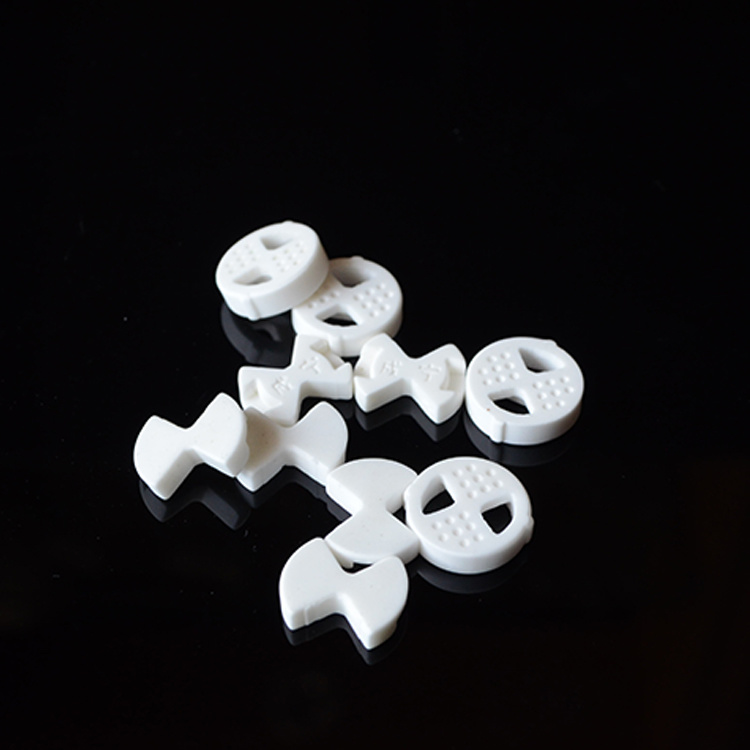
Top Tips for Choosing High-Quality Ceramic Building Materials for High-Temperature Environments
Time:
2024-05-03 09:00
Source:
When it comes to selecting ceramic building materials for high-temperature environments, there are several factors to consider. First and foremost, you should look for ceramics that are specifically designed to withstand temperatures of 1300°C and higher. These materials are usually made from high-quality refractory ceramics that are capable of withstanding extreme heat without compromising their structural integrity.
In addition to temperature resistance, it is important to consider the overall quality of the ceramic materials. High-quality ceramics should be dense, durable, and free from defects such as cracks or air bubbles. This will ensure that the materials can handle the physical stresses of high-temperature environments without breaking down or deteriorating over time.
Furthermore, pay attention to the thermal conductivity of the ceramic materials. Low thermal conductivity is desirable in high-temperature applications as it helps to retain heat and prevent energy loss. Look for ceramics with a low thermal conductivity coefficient to ensure optimal performance in your project.
Lastly, consider the aesthetic appeal of the ceramic materials. While functionality is key, the appearance of the ceramics can also make a significant impact on the overall design of your project. Choose ceramic materials that not only offer superior performance but also enhance the visual appeal of the space.
By following these tips and selecting high-quality ceramic building materials that can withstand 1300°C and higher temperatures, you can ensure the success and longevity of your construction and decoration projects in high-temperature environments.
In addition to temperature resistance, it is important to consider the overall quality of the ceramic materials. High-quality ceramics should be dense, durable, and free from defects such as cracks or air bubbles. This will ensure that the materials can handle the physical stresses of high-temperature environments without breaking down or deteriorating over time.
Furthermore, pay attention to the thermal conductivity of the ceramic materials. Low thermal conductivity is desirable in high-temperature applications as it helps to retain heat and prevent energy loss. Look for ceramics with a low thermal conductivity coefficient to ensure optimal performance in your project.
Lastly, consider the aesthetic appeal of the ceramic materials. While functionality is key, the appearance of the ceramics can also make a significant impact on the overall design of your project. Choose ceramic materials that not only offer superior performance but also enhance the visual appeal of the space.
By following these tips and selecting high-quality ceramic building materials that can withstand 1300°C and higher temperatures, you can ensure the success and longevity of your construction and decoration projects in high-temperature environments.
withstand 1300c higher temperature high quality fi

